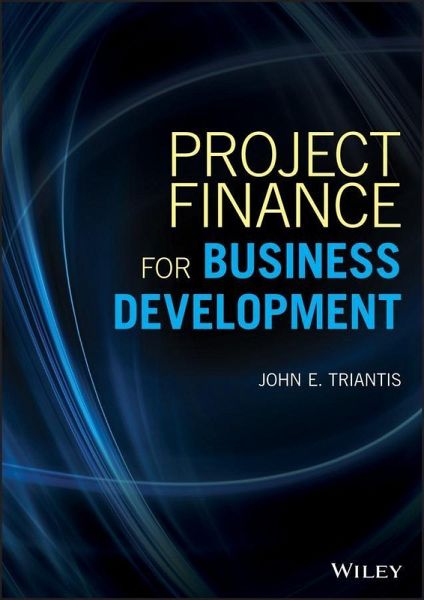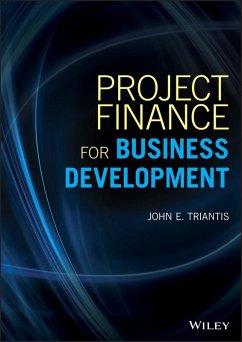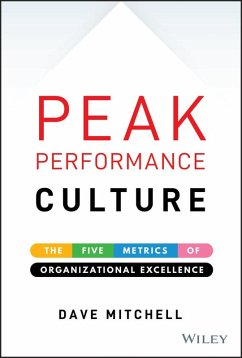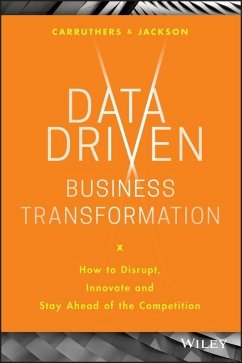
Project Finance for Business Development (eBook, PDF)
Versandkostenfrei!
Sofort per Download lieferbar
40,99 €
inkl. MwSt.
Weitere Ausgaben:

PAYBACK Punkte
0 °P sammeln!
Raise the skill and competency level of project finance organizations Project Finance for Business Development helps readers understand how to develop a competitive advantage through project finance. Most importantly, it shows how different elements of project finance, such as opportunity screening and evaluation, project development, risk management, and due diligence come together to structure viable and financeable projects--which are crucial pieces missing from the current literature. Eliminating misconceptions about what is really important for successful project financings, this book sho...
Raise the skill and competency level of project finance organizations Project Finance for Business Development helps readers understand how to develop a competitive advantage through project finance. Most importantly, it shows how different elements of project finance, such as opportunity screening and evaluation, project development, risk management, and due diligence come together to structure viable and financeable projects--which are crucial pieces missing from the current literature. Eliminating misconceptions about what is really important for successful project financings, this book shows you how to develop, structure, and implement projects successfully by creating competitive advantage. By shedding light on project finance failures, it also helps you avoid failures of your own. * Offers a roadmap for successful financing, participant roles and responsibilities, and assessing and testing project viability * Considers project finance from a broad business development and competitive advantage * Provides a strategic decision-forecasting perspective * Delves deeper than existing treatments of project finance into decisions needed to create and implement effective financing plans Helping readers develop, structure, and implement projects successfully by creating competitive advantage, this book is a useful tool for project sponsors and developers, helping them structure and implement projects by creating competitive advantage.
Dieser Download kann aus rechtlichen Gründen nur mit Rechnungsadresse in A, B, BG, CY, CZ, D, DK, EW, E, FIN, F, GR, HR, H, IRL, I, LT, L, LR, M, NL, PL, P, R, S, SLO, SK ausgeliefert werden.













